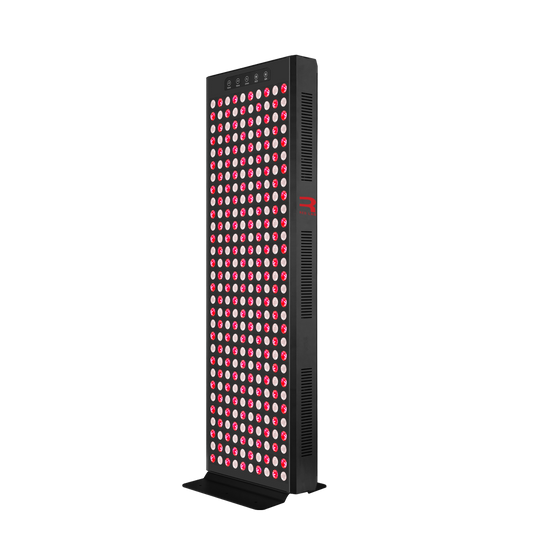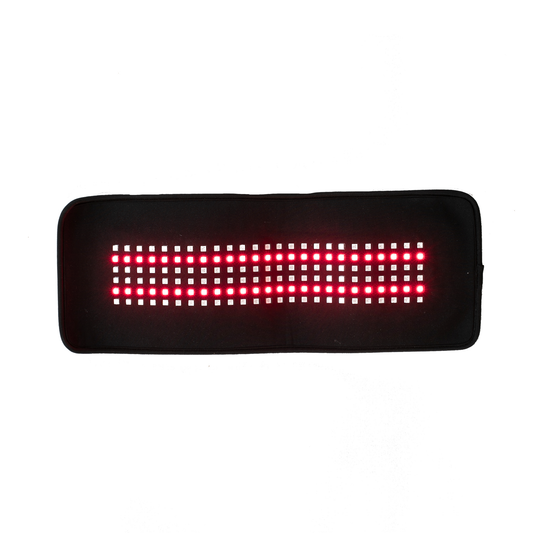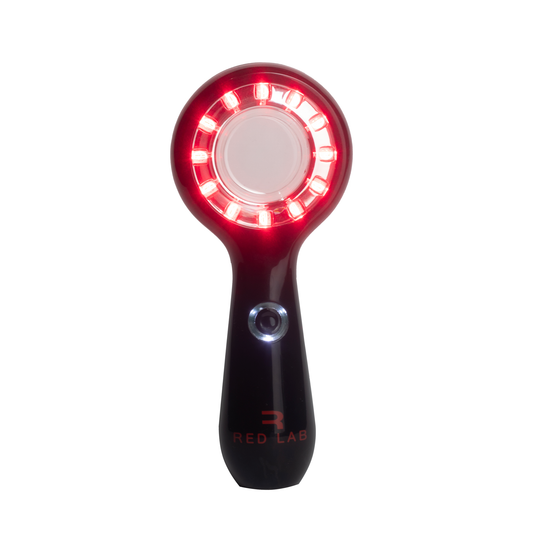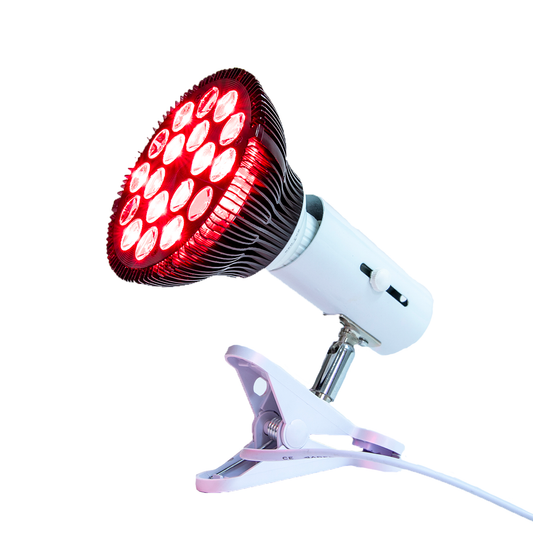The generation of melatonin, a potent antioxidant with many positive health effects, can be increased with red light therapy. While the majority of medical professionals advise against taking melatonin supplements for an extended period of time, there is a natural way to encourage your body to naturally create melatonin on a regular basis: by being exposed to the infrared spectrum of light.
According to Jacki McEwen-Powell, co-founder of Red Lab, a supplier of clinical-grade Red and Near-Infrared at-home-use devices in South Africa, you can stimulate the production of melatonin in your mitochondria by exposing yourself to the infrared spectrum of light found in the sun, firelight, or using a red-light therapy device. This can be especially useful for people who spend a significant amount of time indoors and are unable to get enough sunlight, or who prefer to avoid exposing themselves to potentially harmful UV rays.
Circulatory melatonin, which is produced by the pineal gland and is known to promote sleep, and subcellular melatonin, which is produced inside the cells and mitochondria and is a potent antioxidant that also stimulates other antioxidants, such as glutathione, are the two types of melatonin found in the body. Up to 95% of the melatonin in the body is produced subcellularly, and it has physiological effects that go far beyond regulating sleep and circadian rhythms.
To increase the production of subcellular melatonin, Dr. Roger Seheult, MD and co-founder of MedCram, recommends exposing yourself to the infrared spectrum of light through the sun, firelight, or a red-light therapy device. Red light therapy devices, such as those offered by Red Lab, use low-energy red and near-infrared (NIR) light waves to stimulate the production of subcellular melatonin and other antioxidants. These light waves penetrate the superficial layers of the skin and reach deeper tissues such as nerves, muscles, tendons, and bone.
While melatonin is a potent antioxidant that can have a variety of health advantages, such as immune system modulation, defence against specific viruses, anti-inflammatory effects, and possibly anticancer effects, it's important to note that it's not always necessary or advisable to supplement with it. Instead, strive to stimulate your body's melatonin production by obtaining enough sunlight or using a red-light treatment machine. Increasing your body's natural production of this significant antioxidant and reaping its numerous health advantages can be done in a natural, non-invasive manner.
Consider purchasing a premium red light therapy device, such as those provided by Red Lab, if you're interested in using it to promote the creation of melatonin and other antioxidants. These tools make it simple to receive the advantages of this all-natural, non-invasive therapy from the comfort of your own home because they are made to send low-energy red and near-infrared light waves to the body in a safe and effective manner.




